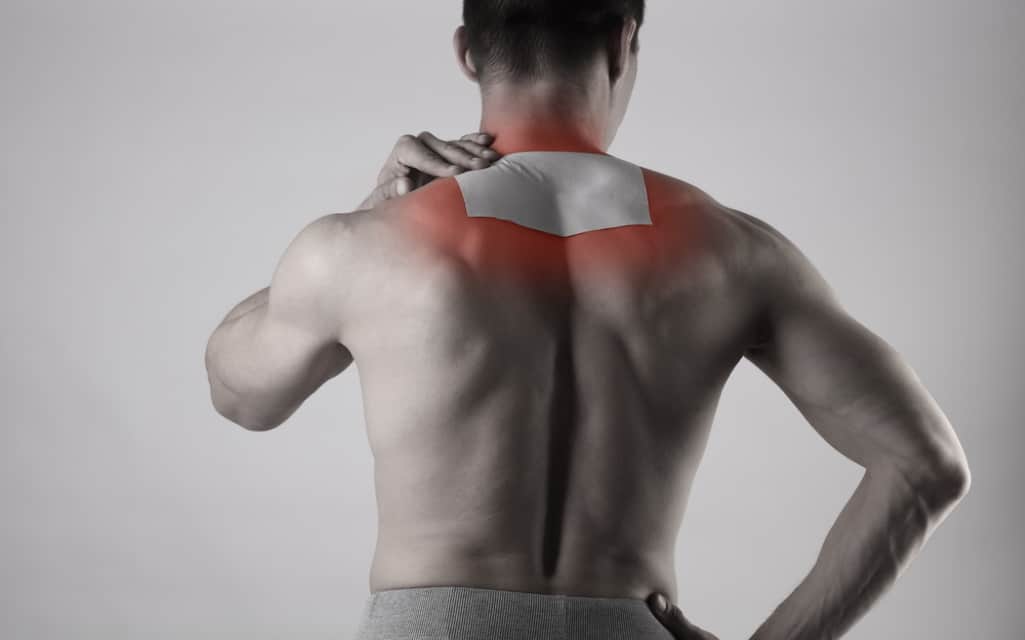Many people use CBD oil to relieve pain. What most people are not aware of is the use of CBD patches for pain relief. A transdermal patch refers to a medicated adhesive patch, like a CBD patch that’s placed on the skin, delivering a dose of medication and absorbed into the skin, and eventually the bloodstream right under the blood vessels of the skin tissue.
Transdermal patches are usually used to promote healing to injured areas of the body, decrease blood pressure (clonidine content), quit smoking (nicotine patch), and relieve pain (fentanyl). With the availability of CBD patches in the market, consumers have another option when it comes to pain relief with
But, can you really find pain relief using CBD patches? Find out by reading below.
CBD Patches Are Specifically Made to Relieve Pain
Like any other transdermal patches that are attached to the skin, CBD patches provide symptom relief, except that the main ingredient of a CBD patch is the active cannabinoid ingredient cannabidiol (CBD). This nonpsychoactive cannabinoid is an effective pain relief solution because it comes with analgesic and anti-inflammatory properties.

People who cannot tolerate injection or oral administration of pain killers can use CBD patches instead. It’s a comfortable alternative solution for taking pain medications without the unpleasant side effects of traditional oral pain relievers.
Here’s a quick guide on how to apply a CBD patch:
- Read the Label: Read the manufacturer’s instructions that come with the CBD patch, which includes the best body areas to place the patch (upper chest, outer arm, lower abdomen, or hip), the length of time you can wear it, and the best time to remove and replace it.
- Hand Washing: Wash or sanitize hands before the procedure.
- Remove Old Patch: Remove any old patch. Peel back the edge of the CBD patch and remove it. Fold the patch with the adhesive sides pressed together and throw it in a closed trash bin.
- Prepare the Skin: Remove any lotions, powders, or oils to prepare and clean the skin. Do this with the use of clear soap and warm water. Don’t use scented soaps or those that contain oils, moisturizers, or lotions.
Dry the skin properly using a paper towel or clean towel.
- Open the CBD Patch: Tear the CBD patch open or use scissors but be careful not to tear or cut the patch itself (Note: If you accidentally cut the patch, don’t use it and throw it away).
Remove the protective liner as directed by the instructions and avoid touching the adhesive side of the CBD patch since this part contains the CBD.
- Apply the CBD Patch: Apply the exposed adhesive part of the CBD patch to the skin by pressing it down. Use the palm of your hand to press down the CBD patch to make sure that it’s firmly attached to the skin. Press the edges of the patch using your fingers and make sure that the entire patch is smooth, that is, without folds or bumps.
CBD Transdermal Route Onset of Effects
With the transdermal route, CBD is required in higher doses in order to be absorbed into the deep layers of the skin and reach cannabinoid receptors. The onset effects of CBD patches are one to three minutes, which lasts for four to six hours.
Studies on CBD Patches and Pain Relief
Because oral administration of CBD has lower bioavailability, the use of CBD patches for pain relief is considered a better option in some situations. Bioavailability refers to the amount of active ingredient left that can still induce therapeutic effects after passing different biological processes, like digestion and liver metabolism.
Here are some studies showing how CBD transdermal administration can help relieve pain.
1. Cannabinoid Delivery Systems: Pain and Inflammation Treatment
(Published Online: September 27, 2018)
In this study, cannabinoids, including CBD, are highly lipophilic in nature. It means that CBD can be applied in different routes using advanced nanotechnology or nano-sized drug delivery systems for faster absorption and onset of effects, such as pain relief and reduce inflammation. One product of this technology is incorporating CBD in transdermal patches.
Here are some of the medical conditions that CBD patches can treat, along with other effective patch content or ingredients:
- Induced dermatitis: CBD gel
- Osteoarthritis, epilepsy, and fragile-X syndrome: CBD gel
- Wound management: CBD and hyaluronic acid gel
- Rheumatic diseases: CBD and argan oil
- Pain, blistering, and epidermiolysis bullosa: CBD oil, cream, and spray
2. Transdermal Cannabidiol Reduces Pain-related Behaviors and Pain
(Published Online: October 30, 2015)
This research, which uses animals, shows that CBD patches can help reduce pain and pain-related behaviors. It shows that topical drug administration has better bioavailability because it avoids first-pass or liver metabolism, which provides more constant plasma levels.
Here are the findings of the study:
- Transdermal CBD gel reduced joint swelling.
- Inflammatory biomarkers were reduced, as shown in the immune and chemical analysis of the spinal cord.
- Exploratory behavior was not altered in rat models, which only proves that CBD doesn’t alter brain function.
- Topical CBD application relieves arthritic pain without side effects.
Conclusion
CBD patch is a type of topical CBD application that can bring pain relief among patients who are suffering from arthritis, muscle soreness, and other skin and musculoskeletal conditions. Based on clinical studies, CBD patches can be effective in pain management and reduction of inflammation. With the fast onset of effects and decent therapeutic effect duration, consumers have another excellent alternative to oral CBD administration.



